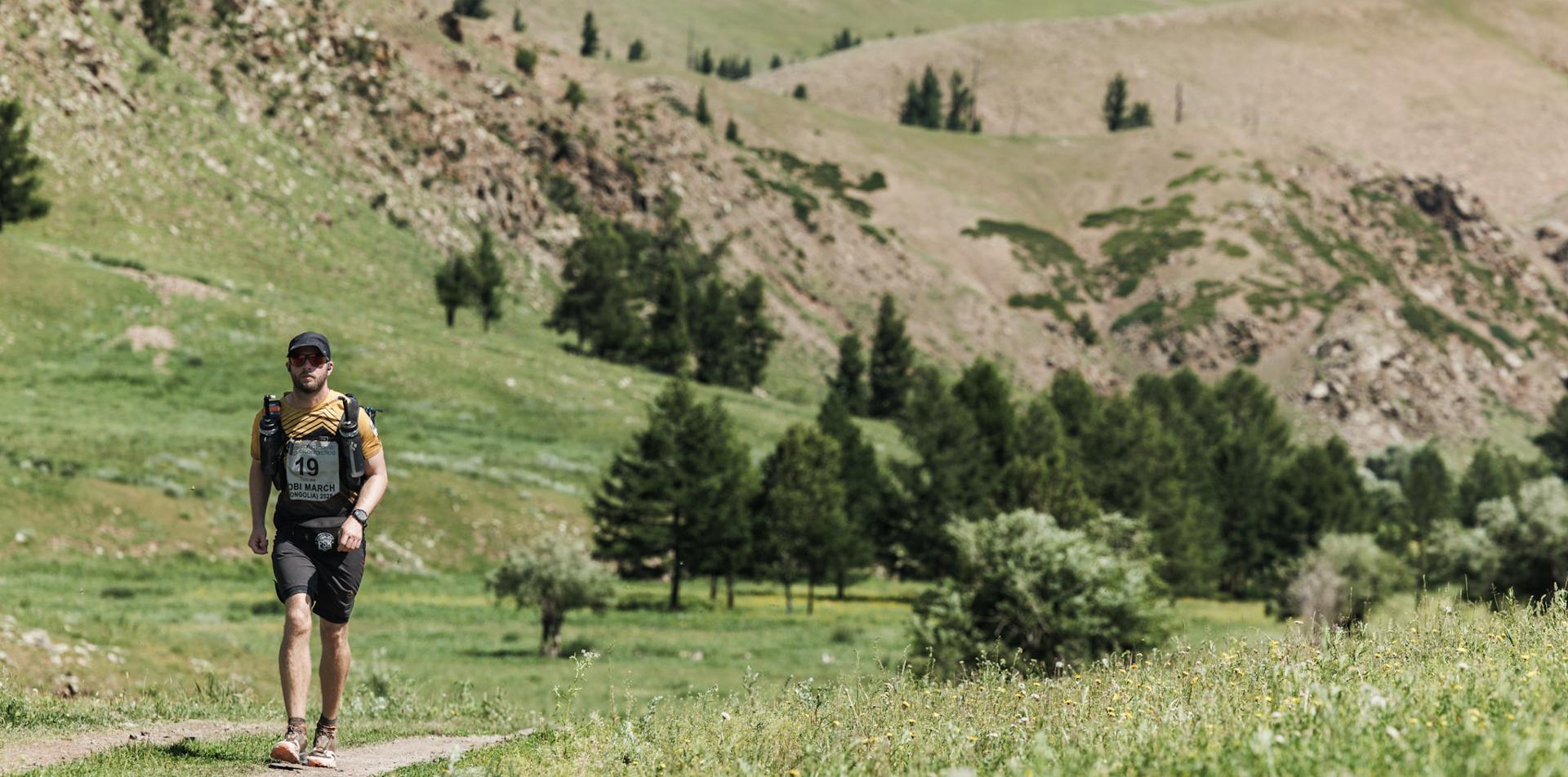Patellar Tendinopathy or "Jumpers Knee"
Patellar tendinopathy or tendonitis (also referred to as jumper’s knee) is a common overuse injury that occurs with repeated stress on the patellar tendon, which attaches the kneecap to the shin bone. It typically occurs from overuse or an abrupt change in your training schedule, and is most commonly found amongst athletes who strain their knee joints by regularly performing sports that involve direction changing and jumping movements. Athletes will typically experience pain along the patellar tendon, above, below and on the front of the kneecap, and have various biomechanical deficits relating to flexibility and strength. Fortunately, treatment is non-operative with proper rest, adjustment of the training program and correction of the flexibility/strength deficits.
Risk Factors
Some factors that may contribute to patellar tendonitis include:
Intensity and frequency of physical activity. Repeated jumping/stress is most commonly associated with patellar tendonitis. Sudden increases in the intensity or frequency of physical activity also put added stress on the tendon.
Muscular imbalance. If some muscles in your legs are stronger than others, the stronger muscles could pull harder on your patellar tendon. This uneven pull could cause tendonitis, which is a weakening and inflammation of the tendon. Often, athletes have weakness in their hip abductor and hip extensor muscles that forces their leg muscles to work harder.
Tight leg muscles. Reduced flexibility in your thigh muscles (quadriceps) and your hamstrings, which run up the back of your thighs, can increase the strain on your patellar tendon. In addition, tight calf muscles or hip muscles can contribute to the symptoms.
Misalignment of your leg. The way your leg bones line up could be off slightly, putting strain on your tendon.
Raised kneecap (patella alta). Your kneecap may be positioned higher up on your knee joint, causing increased strain on the patellar tendon.
Being overweight. Being overweight increases stress on the patellar tendon, and some research suggests that having a higher body mass index (BMI) may increase the risk of patellar tendonitis.

Symptoms and Signs
Patients often experience the atraumatic onset of aching pain in the anterior aspect of the knee, above and below the kneecap. Typical complaints include
- Aching pain in the anterior aspect of the knee along the patellar tendon
- Pain with jumping, landing or going up/down stairs
- Feeling of buckling of the knee
- No locking or instability of the knee
- Tightness of the quadriceps, hamstrings, hip flexors or calf muscles
- Weakness of the quadriceps, hip abductors or hip extensors
Depending on the duration of symptoms, patellar tendonitis can be classified into 1 of 4 stages, as follows:
- Stage 1 – Pain only after training
- Stage 2 – Pain during and after activity, although still able to perform satisfactorily in training
- Stage 3 – Prolonged pain during and after activity, with increasing difficulty in performing at a satisfactory level
- Stage 4 – Pain in everyday activities
Treatment
Patellar tendonitis treatment can be a long process, no matter what type of treatment you've chosen. Recovery may take a few weeks or months if the injury isn't too severe, or as long as a year or more for people who undergo surgery, which is rare.
Most people with patellar tendonitis find relief and improvement using conservative treatment (treatments other than surgery). If you have persistent signs and symptoms for six months or more, you may want to discuss the potential benefits and risks of patellar tendon surgery with your doctor.
Conservative treatment: The conservative approach to treating patellar tendonitis aims to reduce the strain on your tendon and then gradually build up the tendon's strength. There are several ways to do this, including:
Rest. Rest doesn't mean giving up all physical activity, but avoid vigorous running and jumping. It is especially important to avoid activities that cause you pain.
Assess your equipment. Running shoes should be changed every 250-500 miles or if over a year old. Consider having two pairs of shoes and rotating them to help defer shoe breakdown.
Adjusting your body mechanics. Learn proper techniques to better distribute the force you exert during activity. For example, an athlete who jumps frequently might learn proper takeoff and landing techniques.
Stretching your muscles. Inflexible muscles, especially inflexible thigh muscles (quadriceps, hamstring, calf and hip muscles), contribute to the strain on your patellar tendon.
Strengthening your tendon. There are specific exercises to strengthen your patellar tendon and the muscles around it. Exercises can also strengthen your quadriceps. This strengthening exercise involves lowering weight slowly after raising it, such as a seated knee extension exercise. Don’t forget to strengthen your hip muscles (hip abductors and hip extensors)
Patellar tendon strap. A strap that applies pressure to your patellar tendon can help distribute force away from the tendon itself and direct it through the strap instead. This may help relieve pain.
Massage. Massaging the patellar tendon may help decrease pain and encourage tendon healing.
Orthotics (support devices for feet). Consider using orthotics if you are noted to have excessive pronation (flat foot) or supination (high arch). You local running store can help assess your foot biomechanics and make recommendations as to an appropriate orthotic, such as an insole. Or consider getting a custom orthotic that will provide even better support.
Injections. Injections are typically avoided as there is a potential for tendon tear if steroid is used. New research is looking at the use of ultrasound guided injection of blood serum. Any injections should be performed by a qualified sports medicine physician.
If you've recently developed patellar tendonitis, you can expect at least several weeks or months of conservative therapy before you'll be able to fully resume physical activity. If you've re-injured your patellar tendon, the time for healing may take longer. If your symptoms do not improve, further imaging (MRI) and surgery may be needed.
Complications
If you try to work through your pain, you could cause further tendon damage and other complications, such as weakened leg muscles or a tear of the tendon.
Prevention
To avoid patellar tendonopathy
- Train appropriately and avoid significant changes to your training schedule. You should only increase your time, distance, etc by 10% per week.
- Review your equipment needs and replace any worn running shoes.
- Incorporate stretching of the spine, hip and lower extremity into your training regime. Stretching should be performed after working out, holding each stretch for 30 seconds and repeating 3 times.
- Incorporate strengthening of the spine, hip and lower extremity muscles into your training regime.
References
Peers KH, Lysens RJ. Patellar Tendinopathy In Athletes. Sports Med 2005; 35(1): 71-87.
Sharma P, Maffulli N. Tendon Injury and Tendinopathy: Healing and Repair. J Bone Joint Surg Am 2005 Jan; 87(1): 187-202.
UpToDate, www.uptodate.com







 Newsletter
Newsletter
 Online Store
Online Store





